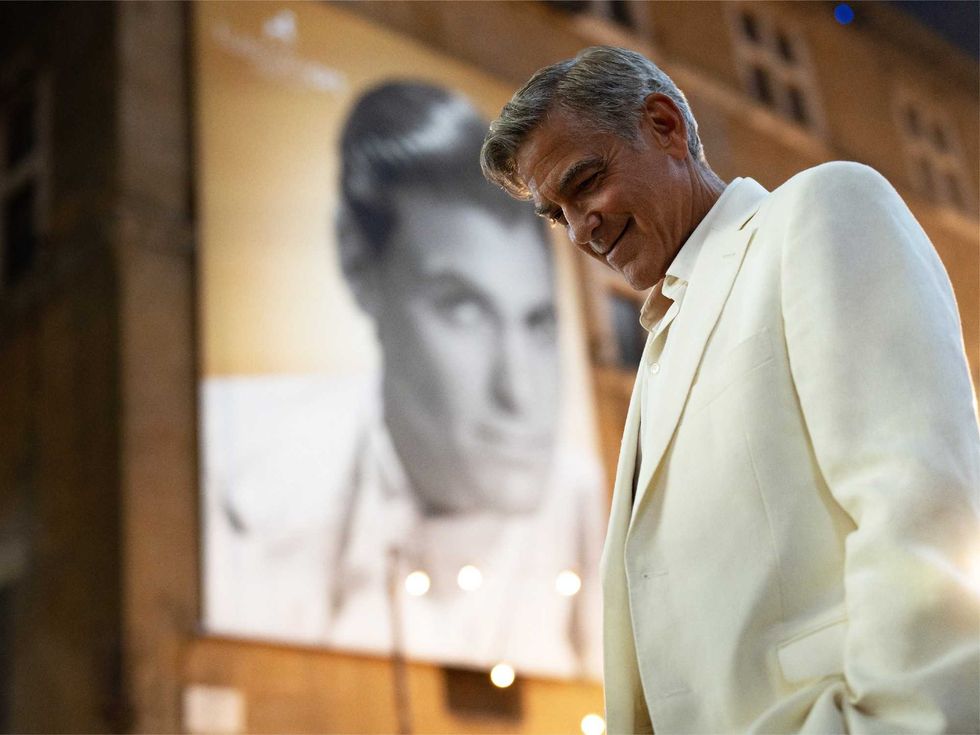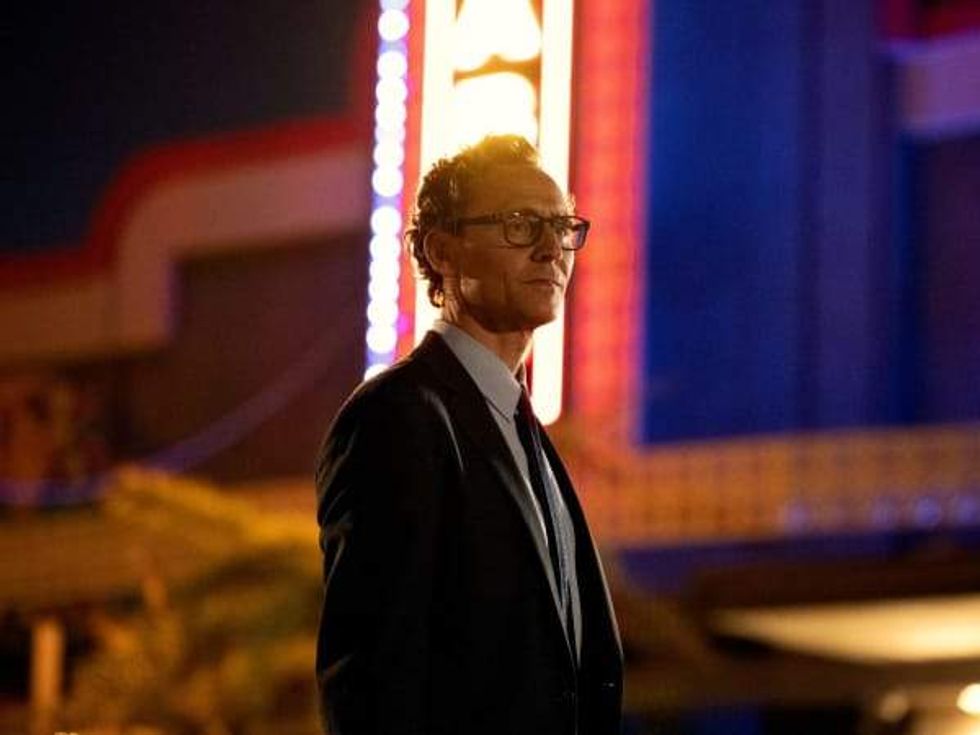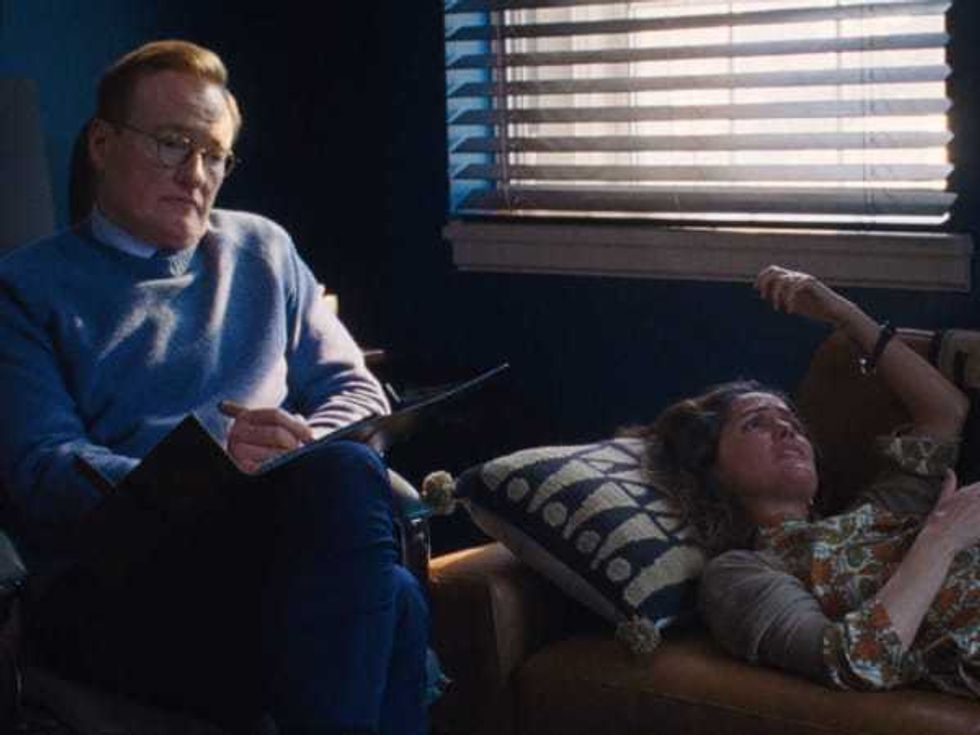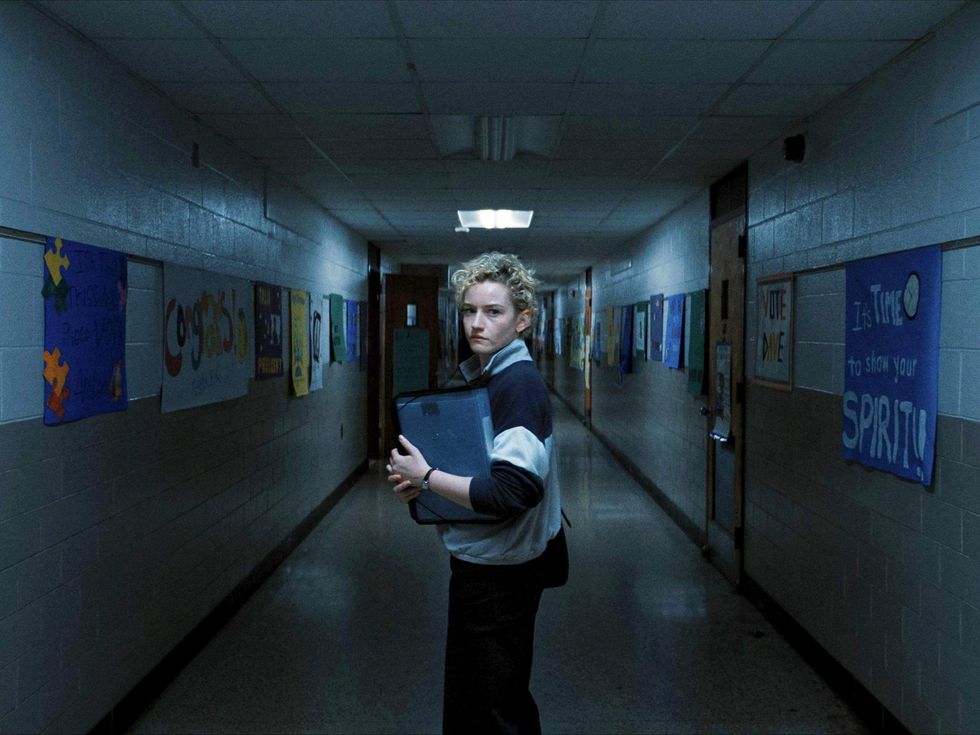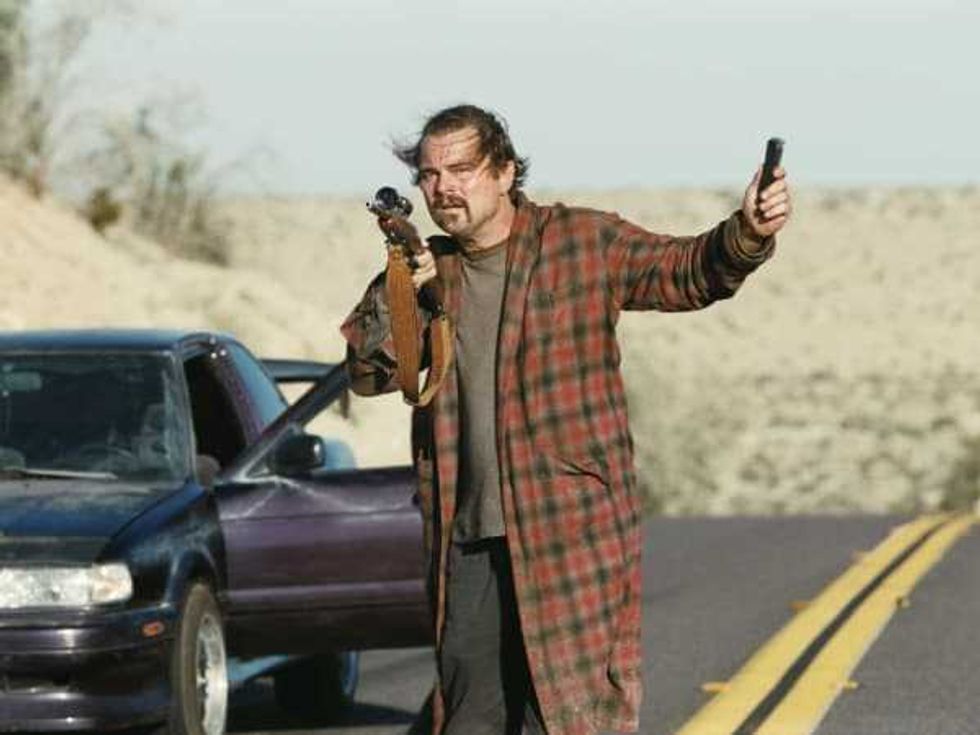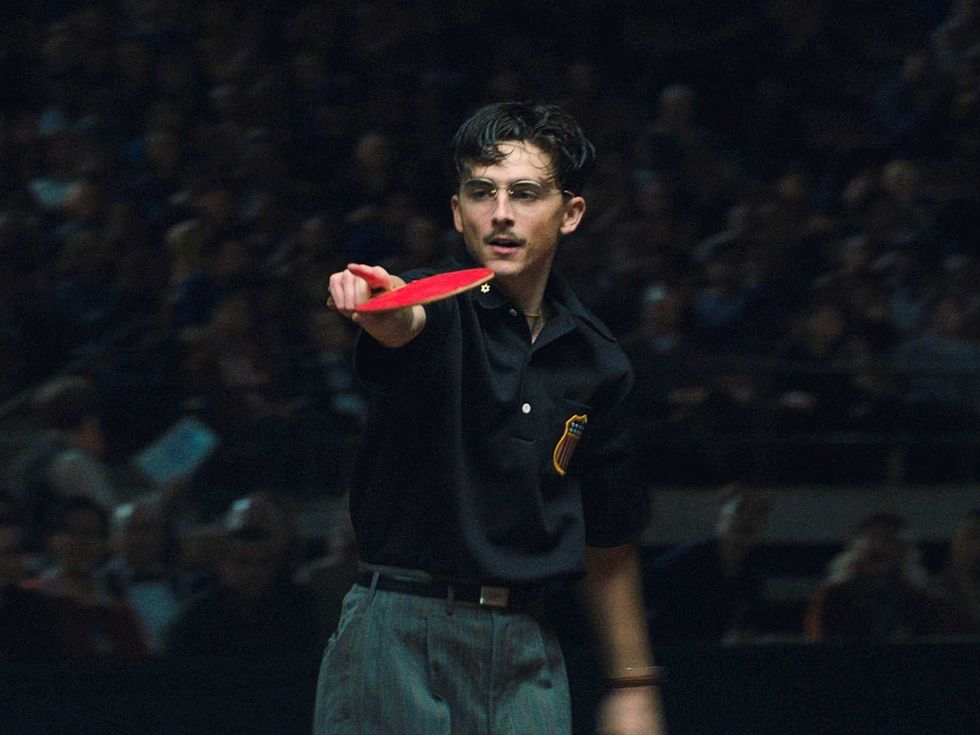B movie or Super Bowl escape?
Houston dancers find a lot to like — and hate — in Black Swan

 Natalie Portman
Natalie Portman Houston Ballet demi soloist James Gotesky, shown here in "Fancy Free," is quickto identify some of Black Swan’s more glaring inaccuracies.Photo by Amitava Sarkar
Houston Ballet demi soloist James Gotesky, shown here in "Fancy Free," is quickto identify some of Black Swan’s more glaring inaccuracies.Photo by Amitava Sarkar "It definitely isn't your typical ballet movie,” says Dominic Walsh DanceTheater artist Felicia McBride, show here with Domenico Luciano in Vaclav Kunes’"Small Hour"
"It definitely isn't your typical ballet movie,” says Dominic Walsh DanceTheater artist Felicia McBride, show here with Domenico Luciano in Vaclav Kunes’"Small Hour"
Natalie Portman calls the film “a conversation piece,” and Black Swan, Darren Aronofsky’s dark riff on ballet, certainly has the dance world talking.
The movie captivated the attention of the online dance community even before its release, but that was nothing compared to the tizzy that has escalated during the awards season. The cacophony of opinion is far from unanimous.
Impassioned discussion of the film’s merits, its failures, its dancing, its lack of dancing, its depiction of ballet dancers, their demons real or reputed, and even implications for the art of ballet itself fuel the seemingly irresistible debate.
In the London Guardian, Black Swan fans nailed some of the U.K.’s biggest names in ballet to the wall for their mostly scathing criticisms of the film’s representation of ballet. Yet fearlessly, some of Houston’s own insiders, Houston Ballet demi soloist James Gotesky, HB marketing manager Sarah Meals, and dancer Felicia McBride of Dominic Walsh Dance Theatre step out to offer their thoughts on the film.
“It definitely isn't your typical ballet movie,” McBride observes. She cites movies both old and new that “give off an image like we aren't that tough and what we do isn't really a job, more like a hobby.”
She claims viewers of Black Swan approach her with awed appreciation and a more accurate perspective on her day-to-day life as a dancer.
In contrast, Gotesky is quick to identify some of Black Swan’s more glaring inaccuracies. The plot hangs on the singular casting of the Swan Queen as the trigger for Portman’s character Nina’s deepening psychosis. Yet in reality, Gotesky points out, “a lead role will often have two other performing casts, as well as a number of understudies.”
He finds the film surrenders to some of Hollywood’s favorite dance clichés, like the magical precision with which dancers execute brand new material, and resorts to tired stereotypes in its attitude toward men.
“Men play no role is this film other than as incompetents or chauvinists,“ he said.
Despite these shortcomings, our panel believes that Black Swan realistically captures some elements of the ballet world — its competitive nature, for instance. According to McBride, “Everyone is out for themself a lot of the time, trying to please the director and making sure that they like you and your dancing."
The movie’s sometimes mundane and gritty concrete backdrop also lends a degree of authenticity. “The film felt like a documentary of what stage life is like,” says Meals. “They take you into the wardrobe department, into the wings of the stage, into the dressing rooms. That’s what made it feel real to me.”
Black Swan’s representation of the physical and mental toll of a career in the field also have the ring of truth. “Dancers have to walk a very fine line between being technically perfect but also ‘letting go’ and making the role their own,” says Meals who, though not a professional dancer herself, has worked among Houston Ballet’s performers since 2006.
Though she asserts that Black Swan is obviously an extreme depiction of a dancer on the edge, her observation is that “most dancers are obsessive about how they prepare for a role, down to what kind of makeup they wear on stage or how they break in their shoes.”
McBride agrees that though she’s seen glimmers of Nina’s crazed desire for landing a role in the actions of real-life dancers, the movie’s most authentic moments showed the physical price that ballet dancers pay each day. “Waking up in the morning and stepping out of bed and everything popping and snapping, constantly sewing pointe shoes and stretching, or toes bleeding," she notes, feeling familiarity in these scenes.
Most dancers agree that Black Swan features very little actual dancing. Some, like McBride and Meals, appear satisfied with the balance and feel the actors rise to the difficult challenge of looking like experienced dancers, at least from the waist up.
Body doubles and what Gotesky describes as “close camera shots and shaky camera techniques,” aid the suspension of disbelief. Though hiding or even diminishing what little actual choreography there is, these smoke and mirror maneuvers are a saving grace perhaps not granted often enough to dance-themed movies starring non-dancing actors.
But what of the film? Is it any good? Like the rest of Black Swan’s audience, McBride, Meals, and Gotesky are divided.
Clear that she could not previously have been considered a fan of Aronofsky’s, Meals praises the film. “The pacing, the acting, the cinematography, the mix of dance and dialogue, everything was so well balanced.”
McBride, too, seems to enjoy the film for its “very twisted and thrilling” entertainment value. Meanwhile Gotesky describes it as a movie that “can't decide what it wants to be.” Art-house? Atmospheric psychological thriller? “What was put on screen was nothing more than cheap, B-movie gimmicks à la Wes Craven.”
The film, despite or maybe owing to such polarized feedback from critics and audiences received four Oscar nominations including Best Film, Best Director, and Best Actress, for Portman
Asked if Black Swan immediately ‘screamed’ Oscar, McBride admitted her first thoughts were spent taking it all in and “figuring out what really happened to her” (Portman’s character, Nina), but after consideration, she “felt blown away” by the movie and deems it Oscar-worthy. “Natalie deserves an Oscar, no doubt. She looked very realistic as a dancer and her acting was superb.”
Will The Academy agree? Portman is the odds-on favorite to take home the Oscar on Feb. 27. Just don’t expect dancers to flock together in their reaction to the outcome.


